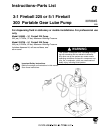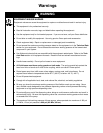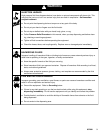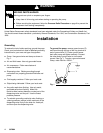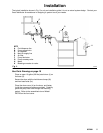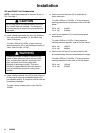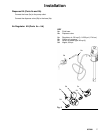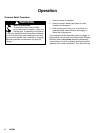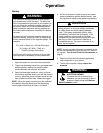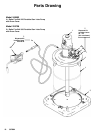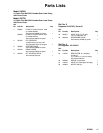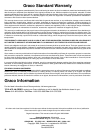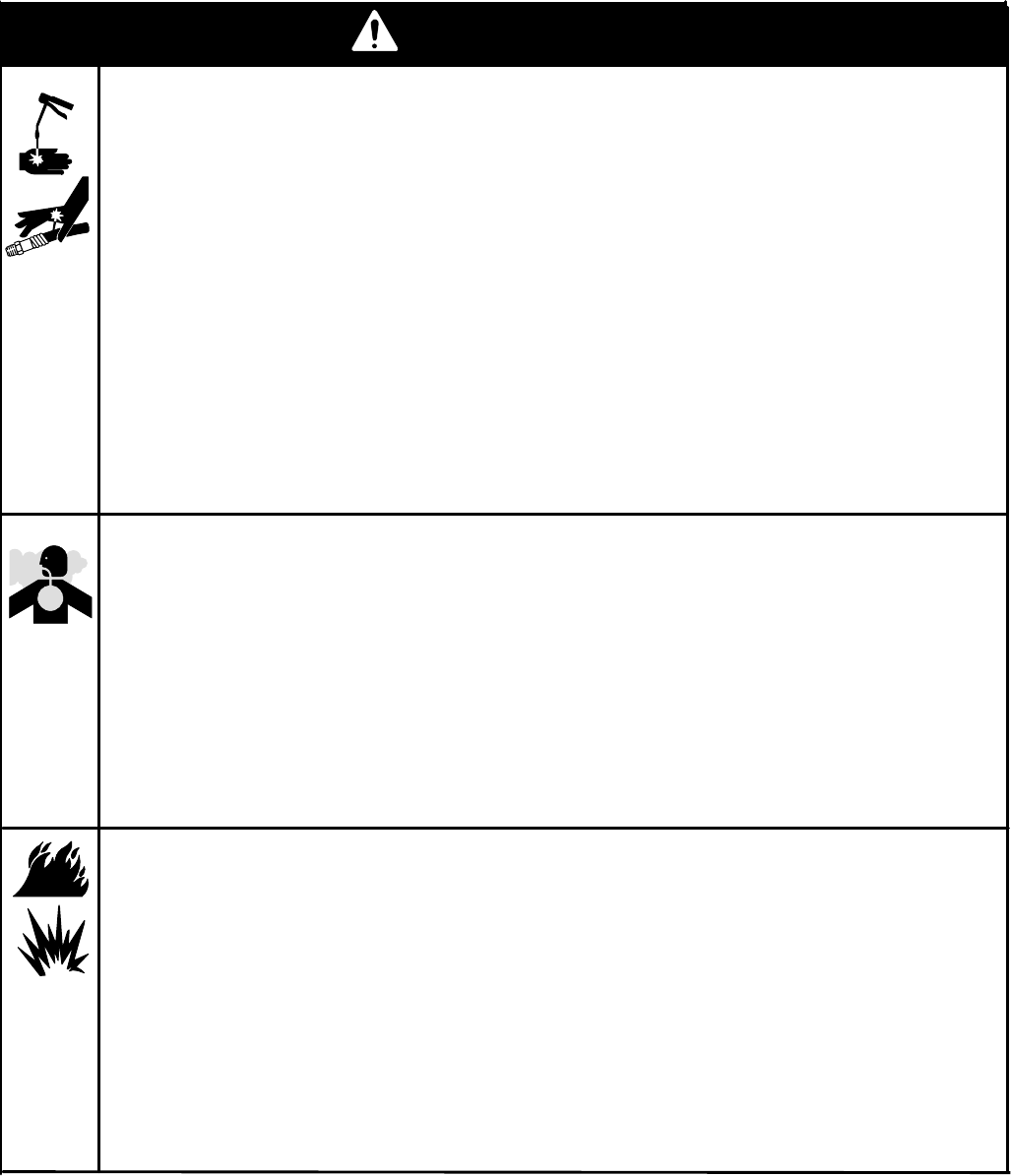
3307884
HAZARDOUS FLUIDS
Improper handling of hazardous fluids or inhaling toxic fumes can cause extremely serious injury or
death due to splashing in the eyes, ingestion, or bodily contamination.
D Know the specific hazards of the fluid you are using.
D Store hazardous fluid in an approved container. Dispose of hazardous fluid according to all local,
state, and national guidelines.
D Always wear protective eyewear, gloves, clothing, and respirator as recommended by the fluid
and solvent manufacturer.
INJECTION HAZARD
High pressure fluid from dispense device, hose leaks or ruptured components will pierce skin. This
may look like just a cut, but it is a serious injury that can result in amputation. Get immediate
surgical treatment.
D Do not point the dispensing device at anyone or at any part of the body.
D Do not put your hand or fingers over the fluid outlet.
D Do not stop or deflect leaks with your hand, body, glove, or rag.
D Follow Pressure Relief Procedure in this manual, when you stop dispensing and before clean-
ing, checking or servicing equipment.
D Tighten all fluid connections before operating the equipment.
D Check the hoses, tubes, and couplings daily. Replace worn or damaged parts immediately.
WARNING
WARNING
FIRE AND EXPLOSION HAZARD
Improper grounding, poor ventilation, open flames, or sparks can cause a hazardous condition and
result in a fire or explosion and serious injury.
D Ground the equipment. Refer to Grounding below.
D If there is any static sparking or you feel an electric shock while using this equipment, stop
dispensing immediately. Do not use the equipment until you identify and correct the problem.
D Provide fresh air ventilation to avoid the buildup of flammable fumes from solvents or the fluid
being dispensed.
D Do not smoke in the dispensing area.



